Panel 3: Microscopic World
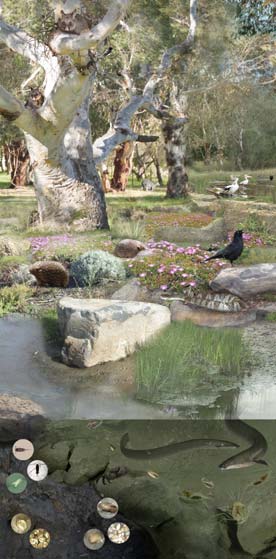
The River
The smallest animals and plants in the river are too small to be seen with the naked eye. There is a microscopic world teeming with thousands of species of viruses, bacteria, micro algae and protozoa. There can be hundreds of thousands of these creatures in a litre of river water and more in a litre of the sediment or mud. All of these are eaten by a swarm of small animals known collectively as microinvertebrates (animals less than 2 mm), which include crustaceans, worms, molluscs, fish hatchlings and others that can only be recognised under a microscope. The animals shown here are just a very small selection of these macroinvertebrates.
The Wetland
The microinvertebrate world of freshwater pools in the floodplain has a similar make-up of crustaceans, molluscs, worms and fish hatchlings but also includes insect larvae and small multi-celled animals called rotifers. Insects become an important part of the community in the freshwater part of the river and wetlands.
Animals
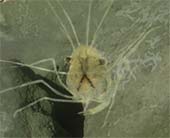
FRESHWATER SHRIMP
The shrimp is a small, quick-moving crustacean found in slower-flowing, lowland rivers, and in ponds and billabongs. It feeds mainly on fine decomposing vegetation, bacteria and algae, and tends to congregate around stones and aquatic plants.
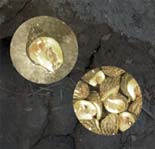
GASTROPODS
Nassarius burchardi, are part of the gastropod or marine snail family and are also known as dog whelks, They are generally abundant on the sand and mud flats of lagoons and estuaries and are carrion feeders.
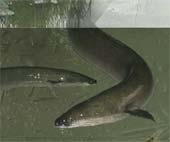
EELS
Freshwater eels move from marine to fresh waters as juveniles and return to the sea as adults. They live in rivers, creeks, swamps, lakes and dams, can live up to 30 years and eat crustaceans, molluscs and aquatic, terrestrial insects.
eok (W) gowayn (B)

TIGER SNAKE
The Tiger Snake feeds mainly on smaller mammals and birds, and will also eat other vertebrates including lizards, smaller snakes, and frogs and occasionally fish. It will not bite unless provoked but when it does it is dangerously venomous.
(snake) kaan (W) kadak (B)
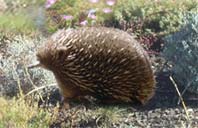
ECHIDNA – mon ngarrk (B)
The Echidna’s diet is largely made up of ants and termites, although it will eat other invertebrates especially grubs, larvae and worms. They are increasingly falling prey to foxes, feral cats and dogs.

BRUSHTAIL POSSUM
This possum is highly adaptable to a wide range of natural and human environments. Usually solitary it may use 2 to 5 dens changing regularly and sharing some with others in areas of high population density.
(possum) walert (B)

KANGAROO – kuyim /goim (B)

WILLY WAGTAIL – djirri djirri

CROW – waang (W)
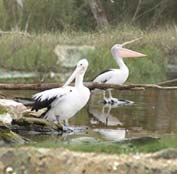
PELICAN – wadjil/ bardangal (B)
Images of each of the animals in this exhibition are available to purchase in a high resolution format. All enquiries should be directed to admin@livingmuseum.org.au or by telephone on +613 9318 3544.
